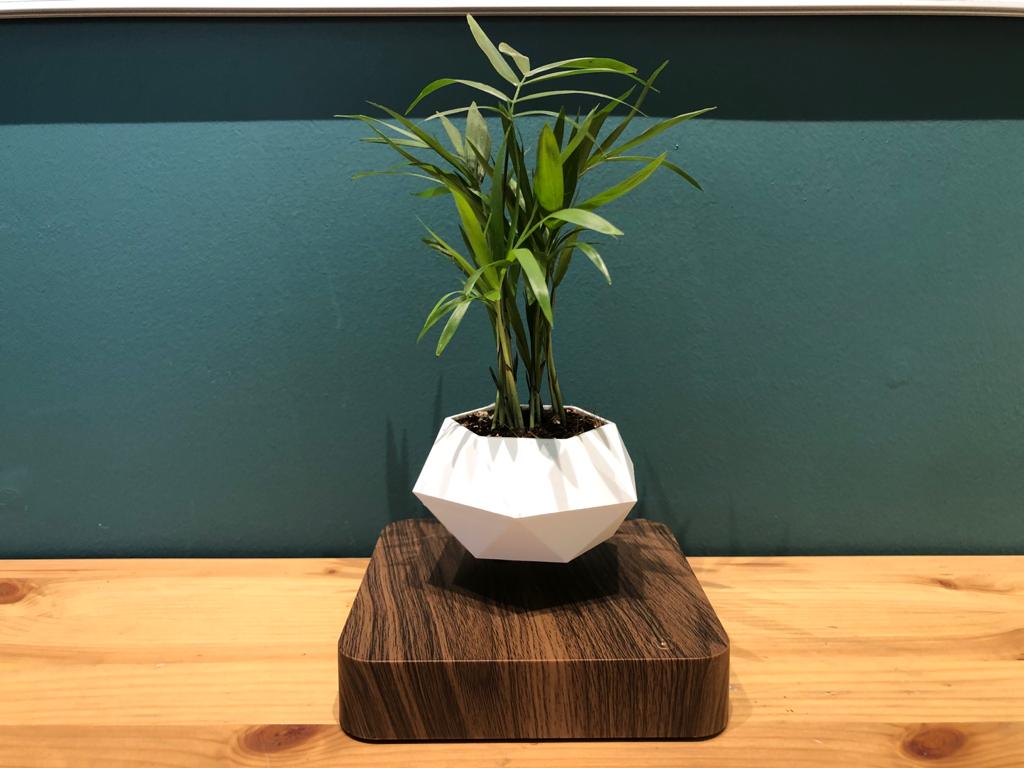How to take care of a Howea Frosteriana/Kentia Palm?
I recently received a Kentia Palm from my Aunt and it was the first time I was in contact with this type of plant, so I did my research on how to take care of them and here is what I found. Enjoy!
Kentia Palm, also known as Thatch Palm or Palm Court Palm is endemic to Lord Howe Island in Australia. Its vulnerable conservation status is due to cultivation of wild seeds and germinating for export worldwide as a house plant. Since it is relatively easy to maintain, as it requires low maintenance and has a slow growth rate with an indoor height of up to 3 meters.
Potting Mix: –
Kentia prefer a slightly acidic or neutral PH with adequate drainage.
The potting soil mix should contain
- 2-parts potting soil (Compost based),
- 2-parts coarse sand
- 1-part perlite
- 1-part peatmoss
Planting: –
Only replant once it is completely bound to its current container. They have sensitive roots so take care when replanting and choose a container that is a slightly larger than the current one. Then fill it with a soil mix that provides adequate drainage (as seen above). When you have finished replanting, the base of the palm’s trunk should be even with the soil surface. Lastly gently tamp the soil around your plant’s root ball but do not compact the soil.
Watering: –
Water adequately when the topsoil is completely dried out before watering. This is usually once every 14 days in the summer and once every 30 days in the winter. Be sure not to overwater, a clear sign of overwatering is yellowing of the leaves.
Fertilizing: –
Liquid fertilizer (NPK) can be applied once a month during growing season from Spring to Fall (March to October).
Lighting: –
Kentia prefers a bright indirect light, nevertheless it could tolerate low light but keep it away from direct light. Direct light will cause the leaves to appear faded or burnt.
Temperature: –
They prefer a temperature between 16 – 24 °C. they also prefer humid condition but tolerate low humidity. It is advised to spray the foliage with water once a week to keep an adequate humidity level.
Air Purifying: –
Kentia improves and cleans the air in the surrounding environment by filtering formaldehyde, benzene and carbon monoxide toxins.
Pruning: –
Kentia prefer to be left alone and only cut yellow part of the leaves with a scissor, be sure not to cut the green part.

